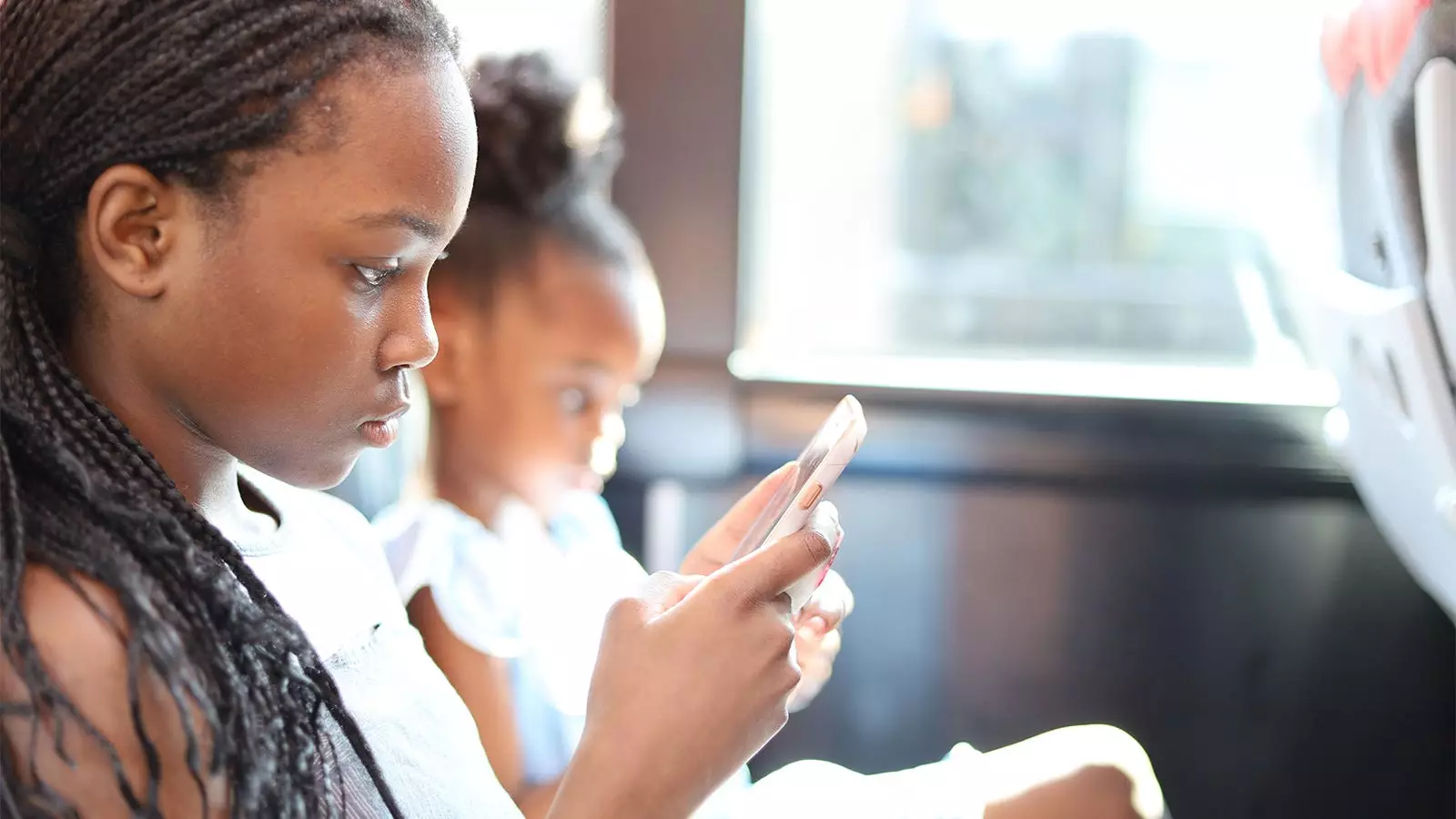In a recent op-ed, Surgeon General Vivek Murthy highlighted the dangers of social media platforms and called for warning labels to be placed on them. While his concerns about the negative impact of social media on mental health are valid, it is essential to delve deeper into the specific challenges faced by Black teen girls. The concept of “gendered racism,” coined by anthropologist Philomena Essed, sheds light on how the intersection of racism and sexism creates a unique set of obstacles for individuals at this nexus. For Black teen girls, social media becomes a battleground where gendered-racist stereotypes are rampant, leading to a decrease in self-esteem and an increase in symptoms of depression.
In a collaborative project with Yale researchers, a virtual game tailored to Black girls provided insights into how they navigate social media in the pursuit of romantic relationships. The findings revealed that Black girls often come across messages that depict them as less desirable, perpetuating harmful stereotypes about their personalities and bodies. This constant exposure to derogatory terms and negative portrayals ingrains a damaging narrative into their self-image, reinforcing a sense of inferiority. Additionally, Black teen girls expressed feeling ignored and invisible in society, further exacerbating their feelings of worthlessness.
While Surgeon General Murthy’s advisory touched on the hazards of social media, addressing the specific needs of Black girls requires more targeted interventions. Social media platforms and policymakers should implement enhanced reporting and moderation systems to combat the spread of racist and sexist content. Advanced AI and machine learning tools can be used to detect and flag harmful content that specifically targets Black girls, while increasing the number of trained human moderators can ensure swift responses to reports of abuse. Furthermore, mandatory training on anti-racism and anti-sexism should be integrated into the account setup process for all social media users to raise awareness about the impact of their messages.
Collaborative efforts between social media platforms, content creators, researchers, teen girls, and community leaders can lead to the development of educational campaigns and resources that highlight the experiences of Black girls. Warning labels should be implemented to caution users about potentially harmful content, written in culturally sensitive language to resonate with all users. These measures not only benefit all users by fostering a safer and more inclusive online environment but are particularly crucial for protecting Black girls from targeted abuse.
Recognizing and addressing the unique challenges faced by Black girls on social media is imperative to dismantle systemic barriers and promote equality. By implementing targeted interventions and inclusive policies, stakeholders can work towards improving the well-being of Black adolescent girls in digital spaces. It is essential to focus on strengths, engage in community-based participatory research, and advocate for mental health initiatives to support and uplift Black girls in the online realm.


Leave a Reply